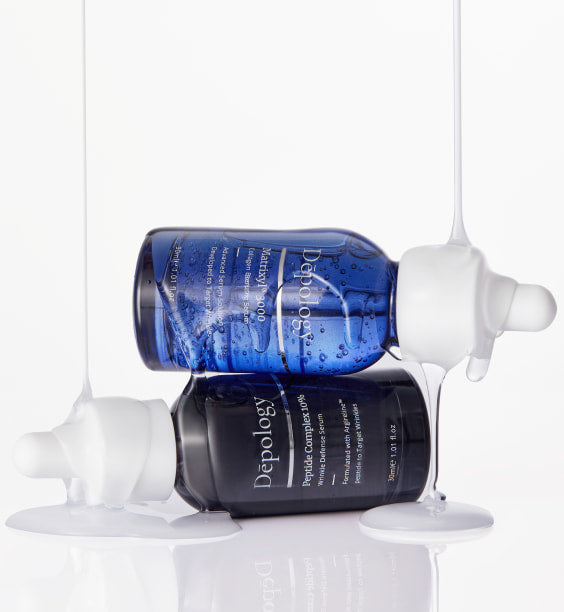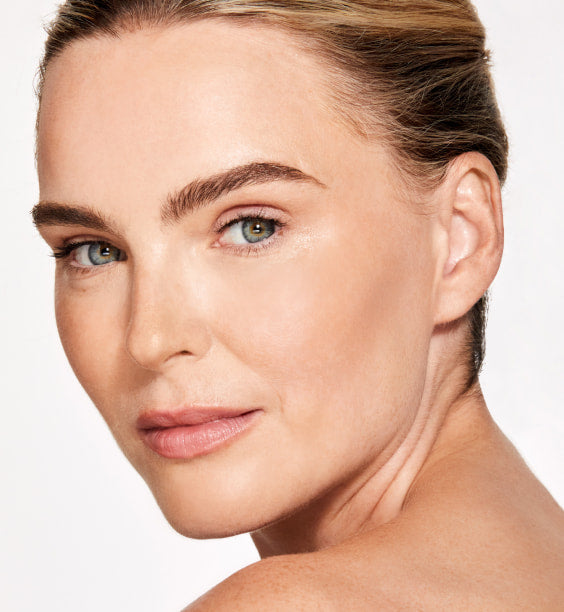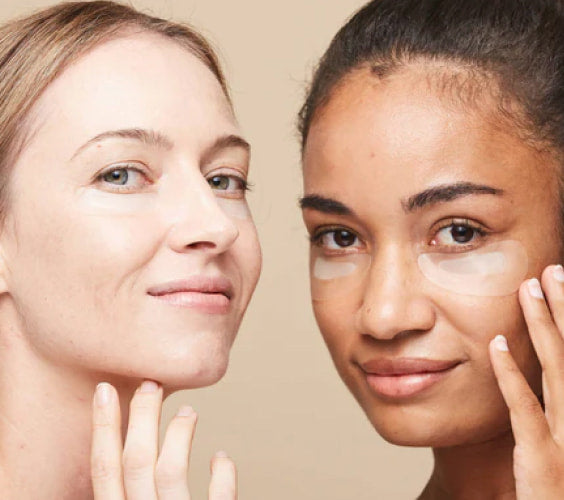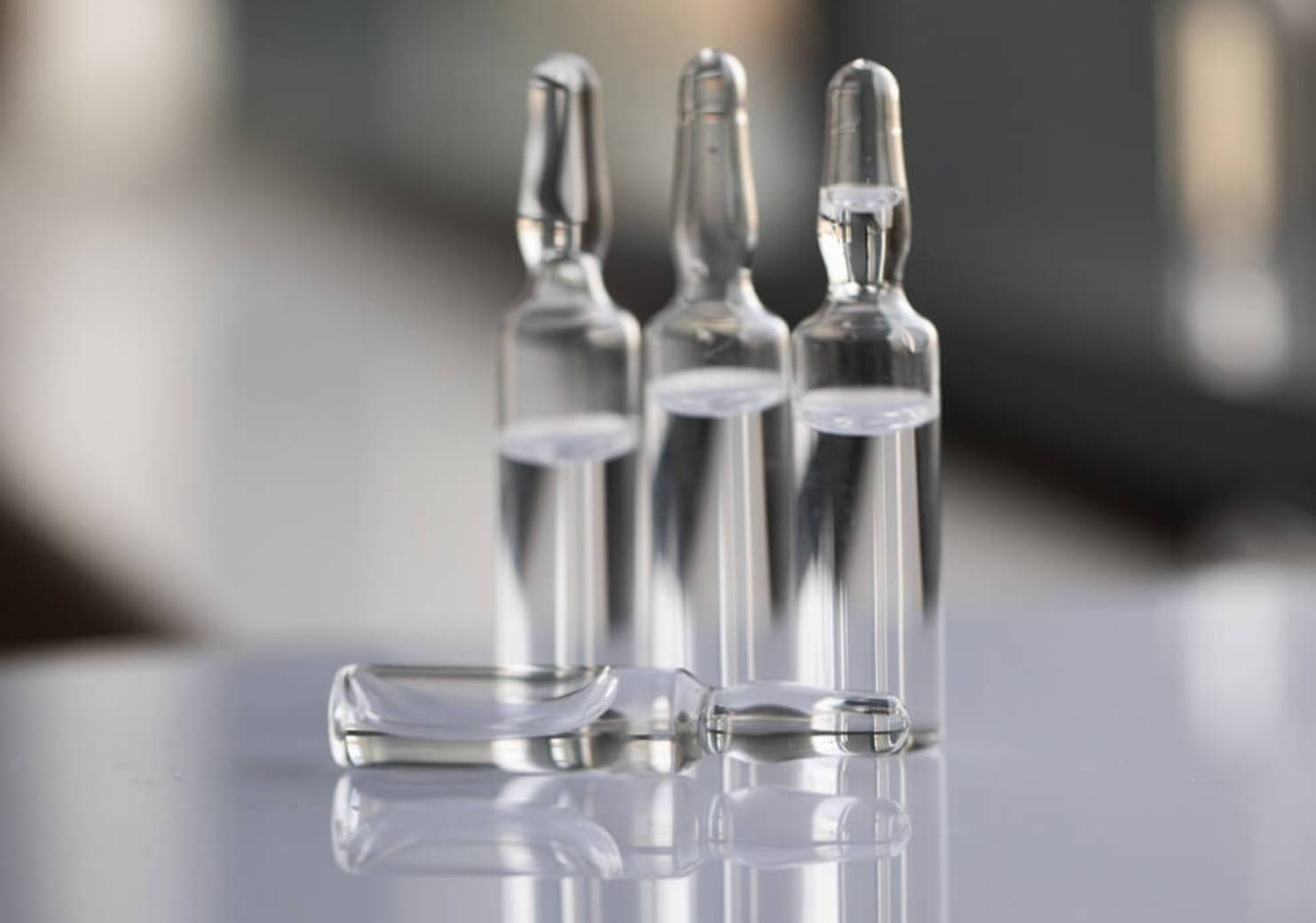
Can You Use Lactic Acid With? - Benefits, Pairing , FAQ
Lactic acid is one of the most well-loved ingredients in skincare for a reason. As a member of the alpha hydroxy acid (AHA) family, it gently exfoliates, improves texture, and promotes radiant skin — all while maintaining hydration. But when it comes to combining lactic acid with other active ingredients, things can get a little confusing.
This guide breaks down what lactic acid does, how to pair it safely, and which combinations deliver the best results for your skin.
What Is Lactic Acid and How Does It Work?
Lactic acid is a naturally derived AHA that helps dissolve the bonds between dead skin cells on the surface of the skin. This gentle exfoliation reveals smoother, brighter, and more even-toned skin beneath.
Unlike stronger acids such as glycolic acid, lactic acid also attracts moisture to the skin — making it ideal for dry, dull, or sensitive skin types.
Key benefits of lactic acid include:
-
Exfoliates without harsh irritation
-
Boosts skin radiance and smoothness
-
Improves uneven tone and rough texture
-
Enhances product absorption
-
Helps maintain a hydrated, healthy barrier
What Can You Use Lactic Acid With?
Lactic acid can be used with a variety of ingredients, but understanding how they interact is crucial to avoid irritation.
✅ Safe & Effective Pairings
-
Hyaluronic Acid
→ A perfect pairing. Lactic acid exfoliates while hyaluronic acid replenishes hydration, helping skin stay balanced and plump. -
Niacinamide
→ Together they smooth texture, even skin tone, and strengthen the skin barrier. Best used in alternating steps or layered with care. -
Peptides
→ Excellent for post-exfoliation nourishment. Peptides help restore firmness and calm after gentle resurfacing. -
Ceramides
→ Great for barrier repair. Using ceramide-rich moisturizers after lactic acid ensures your skin stays soft and resilient.
What Not to Mix with Lactic Acid
⚠️ Avoid These Combinations (or Alternate Days)
-
Retinoids (Retinol, Tretinoin, etc.)
→ Both are potent cell-renewal actives and can lead to dryness or irritation when used together. Alternate nights if using both. -
Other AHAs or BHAs (like Glycolic or Salicylic Acid)
→ Layering acids can over-exfoliate the skin, leading to sensitivity or redness. -
Vitamin C (Ascorbic Acid)
→ Both are low-pH actives that can compete on the skin’s surface. Use one in the morning and the other at night.
How to Use Lactic Acid Safely
-
Start 2–3 times a week, then increase frequency as tolerated.
-
Always follow with a hydrating serum or moisturizer.
-
Apply sunscreen daily — exfoliated skin is more photosensitive.
-
Avoid mixing too many actives in one routine.
FAQs About Lactic Acid
Q: Can I use lactic acid every night?
A: It depends on concentration and tolerance. Most skin types can build up to nightly use with low-strength formulas (5–10%).
Q: Is lactic acid safe for sensitive skin?
A: Yes — it’s one of the mildest AHAs, ideal for first-time acid users or reactive skin.
Q: Can lactic acid help with dark spots?
A: Consistent use can gradually fade surface pigmentation and promote a more even tone.
The Takeaway
Lactic acid is a gentle yet powerful exfoliant that supports brighter, smoother, and more hydrated skin.
By pairing it wisely — with moisture-boosting ingredients rather than competing actives — you can maximize its benefits without compromising skin health.
Start slow, stay consistent, and always protect your skin barrier — that’s the foundation of lasting radiance.













